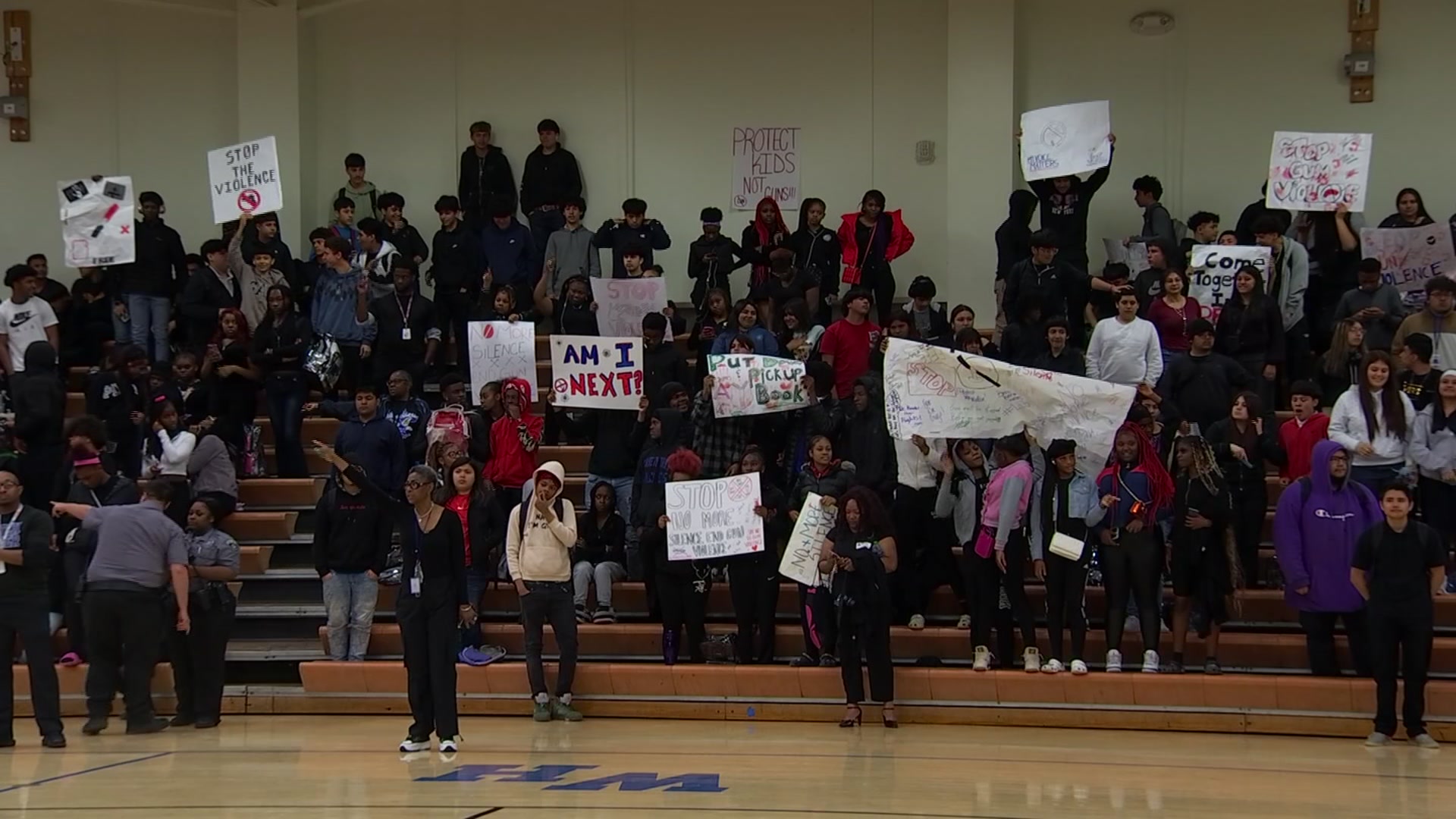After years of losses, American Airlines is making money by boosting revenue and cutting labor costs.
The nation's third-largest airline is doing well enough to add dozens of new planes to its fleet, announce new flights to China, and set aside money for profit-sharing with employees.
Parent company AMR Corp. said Thursday that it earned $289 million, or 76 cents per share, in the third quarter. That's a turnaround from a loss of $238 million, or 71 cents per share, a year earlier. AMR's adjusted profit was a record $530 million. That figure doesn't include bankruptcy-reorganization costs and other special items.
Revenue rose 6 percent, as passengers paid more per mile to fly. Labor costs fell 13 percent from a year ago, as the company cut jobs during its makeover under bankruptcy protection.
American expects to add about 60 new planes this year to its fleet of more than 600 aircraft. It just announced plans to start flying from Dallas to Hong Kong and Shanghai next year, and it is expanding ties with partner airlines in Latin America. All of those things are either helping to improve the company's financial performance now, or will in the future, Chairman and CEO Tom Horton said in an interview.
"But the most important thing is day-to-day execution," Horton said. American has long struggled with high rates of delays and cancelations, but so far in October there have been eight days with no canceled flights, he said.
Airline officials feel confident enough that they plan to boost passenger-carrying capacity by 3.5 percent in the fourth quarter, compared with the same period last year.
Local
The latest news from around North Texas.
Horton said the airline's improved performance creates momentum for its planned merger with US Airways.
The airlines had expected to close the merger this summer but were delayed when the U.S. Justice Department and several states filed an antitrust lawsuit to block the deal. A trial on the lawsuit is scheduled to start Nov. 25, and Horton said, "We remain open to a reasonable, common-sense settlement" that would allow the airlines to combine.
The Justice Department has pointed to American's improving fortunes as evidence that it doesn't need a merger to succeed. However, the attorney general of Texas pulled out of the lawsuit two weeks ago, and more than 60 House Democrats wrote to President Barack Obama this week to urge the administration to allow the merger.
AMR filed for bankruptcy protection in 2011 after losing more than $10 billion over the previous decade. It has used bankruptcy to renegotiate deals with labor unions and suppliers, which showed up in a reduction of $248 million, or 4 percent, in third-quarter operating costs. Labor, the airline's second-biggest cost after fuel, fell $238 million.
AMR ended the quarter with $7.7 billion in cash and short-term investments, compared with $5.1 billion a year earlier.
The Fort Worth, Texas-based company set aside $59 million for expected profit sharing next spring. American Airlines employees haven't received such payouts since 2001.
Before the earnings report, J.P. Morgan upgraded AMR shares to "Overweight" from "Neutral." Analyst Jamie Baker said he saw a 60-percent likelihood of a merger, up from 50-50. Even without a deal, the downside for AMR shares might not be as bad as feared because of improvement in the airline industry, he said.
The shares, which have traded over the counter since being removed from the New York Stock Exchange in January 2012, jumped 41 cents, or 8 percent, to $5.55 in afternoon trading.
AMR was the first big U.S. airline company to report third-quarter numbers. Analysts expect that United, Delta, Southwest and US Airways will all report larger profits than a year ago.



